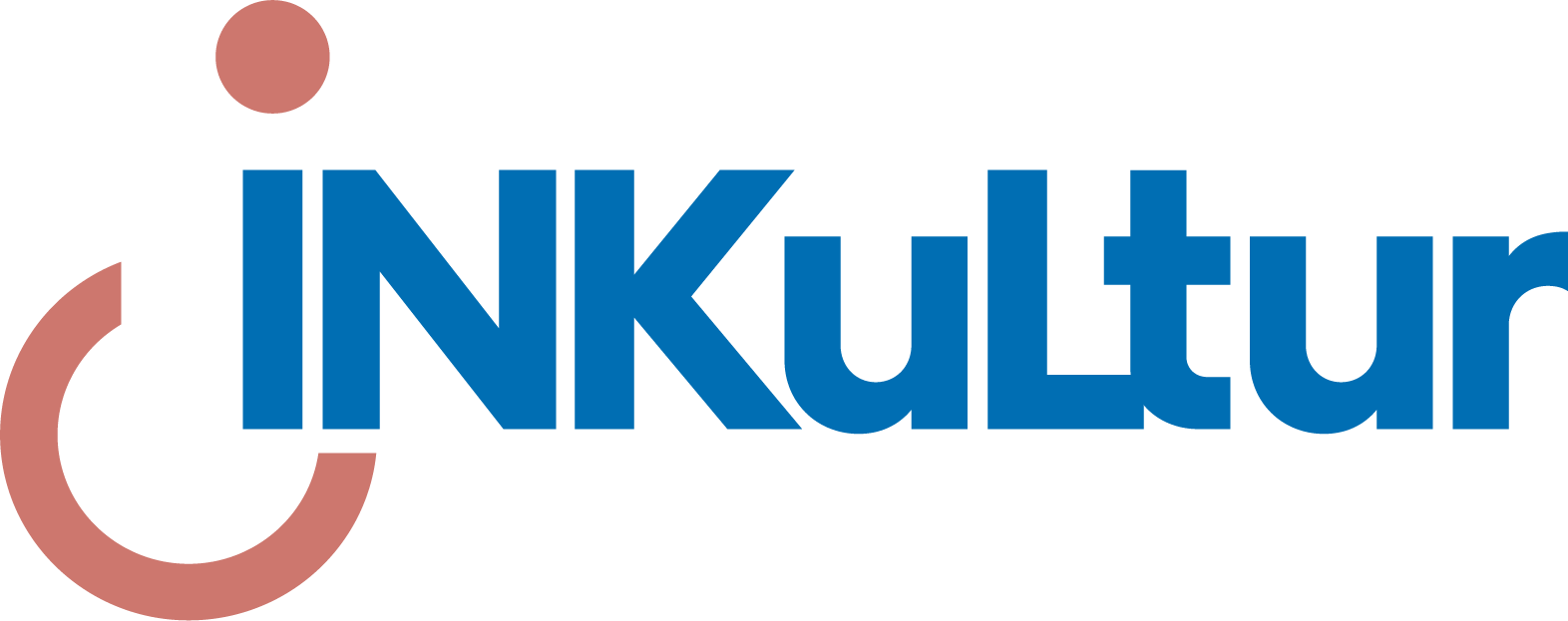Talking about accessibility and inclusion in cultural institutions Part I
Talks about an inclusive environment began just a few years ago, although Ukraine had begun its movement towards adapting its legislation and social life to the needs of people with disabilities as early as the end of the 1990s. While initially inclusive environment was viewed in the context of learning, it is evident that for a person with a disability, the need for an inclusive environment is permanent. Leisure and cultural development are essential parts of life for such people. Hence, the settings of cinemas, museums, and other recreational and cultural institutions need to be adapted to the needs of people with disabilities. So, what must a cultural or recreational institution do to become inclusive?
First, to realize the changes happening in society, to understand that inclusion is not a whim of policymakers and not an extra burden on their employees. Inclusion will improve the institution’s work significantly and bring it closer to all its customers, regardless of their health condition. Inclusion is a matter of prestige for a cultural institution, a matter of raising its status and competitive capacity.
It is also vital to meet accessibility requirements as part of inclusion with regard to architectural and technical solutions. Hence, it is clear that one cannot achieve an acceptable level of accessibility for people with disabilities just by adding call buttons or jerry-built ramps. One needs to overcome all possible barriers and the barriers of human attitude in the first place. There are many cases when a bus driver’s unwillingness to extend the wheelchair ramp or stop close to the curb makes equipping the bus with modern accessibility means a waste of money. The same goes for cultural institutions – one employee who is not ready to serve people with disabilities properly can reduce all technical and architectural accessibility means to nothing.
One can draw people with disabilities to their establishment by answering questions like: What cultural institutions do people with disabilities go to, and how often? Why do they not come to a particular place? What needs to be done to increase the attractiveness of a cultural institution to people with disabilities? Another important thing is to create conditions for the active participation of people with disabilities in the activities offered by a cultural institution to make such people feel involved in the process of creation or co-creation.
It is essential to ensure that people with disabilities can really influence the decision-making concerning the activities of the establishment, as well as to implement inclusive interaction, which will make everyone change – visitors, both with and without disabilities, employees, and the institution itself.
A true inclusion of cultural life is not just a one-time or formal presence of people with disabilities at cultural events, in museums, theatres or cinemas with all possible accessibility means concerning information, communication, and architectural environment. Rather, it is a process of joining in a culture which involves the full participation of all people, including those with disabilities, in the consumption and creation of cultural values. Real inclusion is not about levelling, but respecting every person’s needs.
This publication is part of the joint project “INKuLtur – For Inclusion and Participation in Cultural Life” implemented in Ukraine by the Ukrainian Step by Step Foundation and Dialogue for Understanding e.V. (D4U) funded by the German Federal Foreign Office.
“The D4U e.V. is responsible for the content of this publication. It does not necessarily reflect the views of the Federal Foreign Office.”








